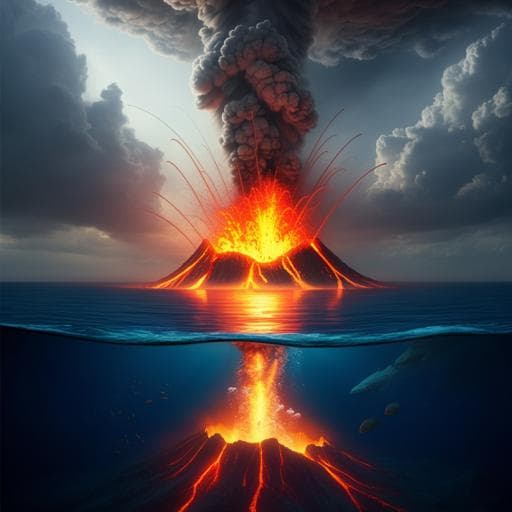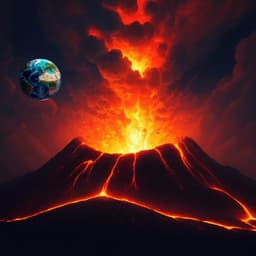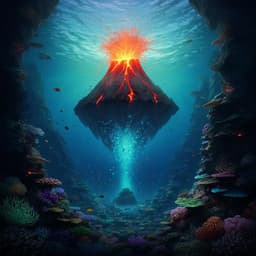
Earth Sciences
The unexpected radiative impact of the Hunga Tonga eruption of 15th January 2022
P. Sellitto, A. Podglajen, et al.
Explore the groundbreaking findings from P. Sellitto and colleagues, who investigated the vast impacts of the January 2022 Hunga Tonga-Hunga Ha'apai volcanic eruption on our climate, including the largest stratospheric aerosol perturbation since 1991 and significant radiative effects in the atmosphere.
~3 min • Beginner • English
Related Publications
Explore these studies to deepen your understanding of the subject.







